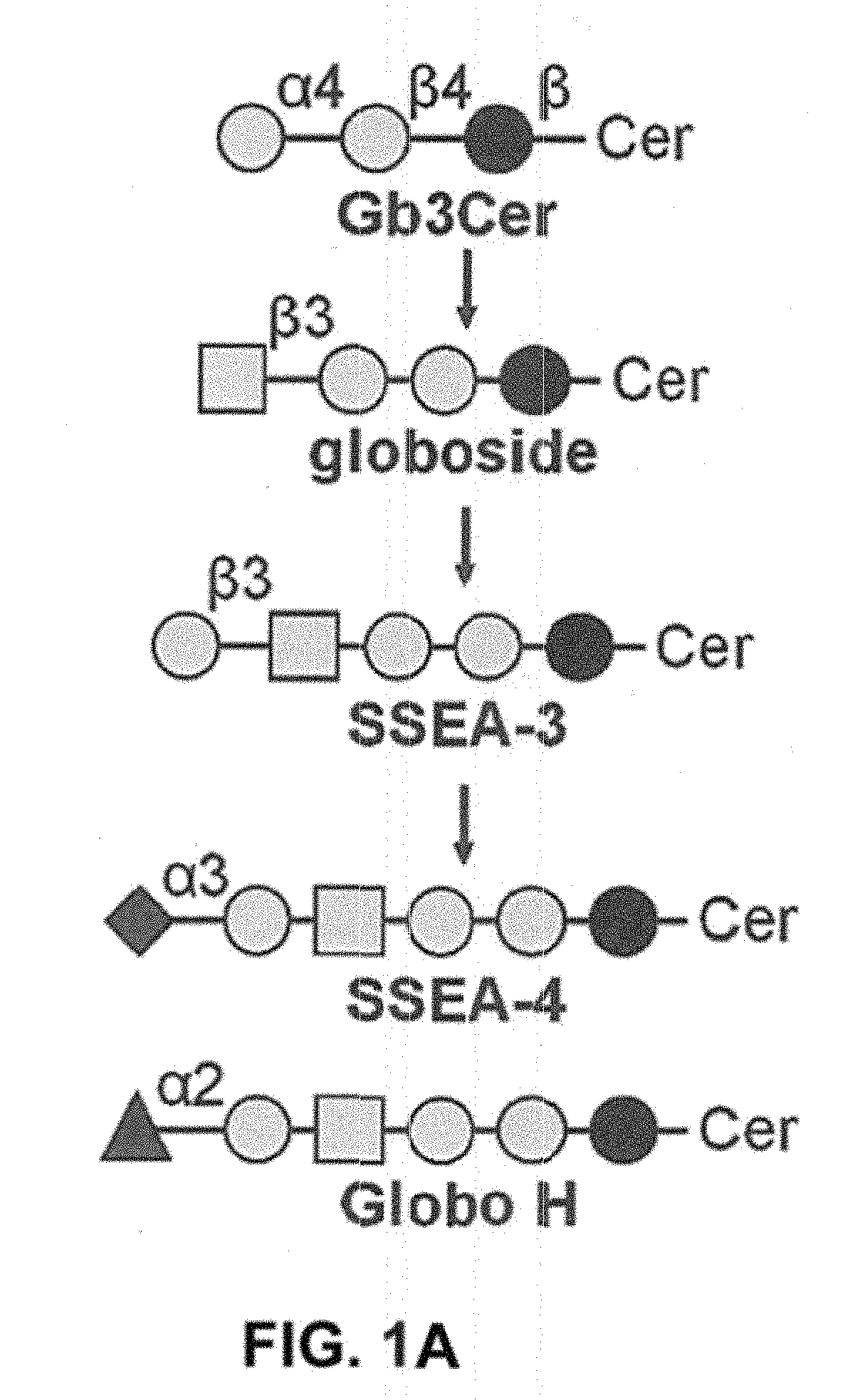Invention for Compositions for the treatment and detection cancer

Invented by Chi-Huey Wong, Tsui-Ling Hsu, Yi-Wei Lou, Chih-Wei Lin, Shih-Chi Yeh, Chung-Yi Wu, Han-Chung Wu, Academia Sinica
The market for compositions for the treatment and detection of cancer is a rapidly growing industry. According to a report by Grand View Research, the global cancer diagnostics market size was valued at USD 168.8 billion in 2020 and is expected to grow at a compound annual growth rate (CAGR) of 7.0% from 2021 to 2028. This growth is attributed to the increasing prevalence of cancer, advancements in technology, and rising demand for personalized medicine.
Compositions for the treatment of cancer include chemotherapy drugs, immunotherapy, targeted therapy, and hormone therapy. Chemotherapy drugs are the most commonly used treatment for cancer and work by killing cancer cells. Immunotherapy, on the other hand, uses the body’s immune system to fight cancer cells. Targeted therapy targets specific genes or proteins that are involved in the growth and spread of cancer cells. Hormone therapy is used to treat cancers that are hormone-sensitive, such as breast and prostate cancer.
The market for cancer detection compositions includes diagnostic tests, imaging tests, and biomarkers. Diagnostic tests are used to detect cancer in its early stages, allowing for early treatment and better outcomes. Imaging tests, such as X-rays, CT scans, and MRIs, are used to visualize the inside of the body and detect any abnormalities. Biomarkers are substances in the body that can indicate the presence of cancer, such as tumor markers, DNA, and RNA.
The demand for compositions for the treatment and detection of cancer is driven by the increasing prevalence of cancer worldwide. According to the World Health Organization, cancer is the second leading cause of death globally, with an estimated 9.6 million deaths in 2018. The rising incidence of cancer is attributed to factors such as aging populations, lifestyle changes, and environmental factors.
Advancements in technology are also driving the growth of the market for compositions for the treatment and detection of cancer. For example, the development of liquid biopsy tests, which detect cancer through a simple blood test, has revolutionized cancer diagnosis and treatment. Similarly, the development of targeted therapies and immunotherapies has improved the effectiveness of cancer treatment and reduced side effects.
In conclusion, the market for compositions for the treatment and detection of cancer is a rapidly growing industry driven by the increasing prevalence of cancer, advancements in technology, and rising demand for personalized medicine. With continued research and development, there is hope that we can improve cancer outcomes and ultimately find a cure for this devastating disease.

The Academia Sinica invention works as follows
The present invention discloses a pharmaceutical composition containing antibodies or antigen-binding fragments of antibodies that bind to SSEA3, SSEA4, and globo H. It also describes methods for using the composition. The methods of use are not limited to cancer diagnostics and therapies. The antibodies disclosed herein can bind certain cancer cell surface. The antibodies can be used to target carcinomas in the brain, skin and bone, as well as cancers of the lungs, esophagus or stomach, liver, gallbladder, pancreas.

Background for Compositions for the treatment and detection cancer
Definitions
Example 1 : Flow Cytometric Analyses of Glycan Epitopes on GBM cell lines
Example 2 : Verification SSEA-4 expression in GBM cancer cells
Example 3 : Expression of SSEA-4 on GBM Tissues
Example 4 : Anti-SSEA-4 mediates CDC against GBM cell lines
Example 5: Anti-SSEA-4 Suppresses Brain Tumor Growth In Vivo
Example 6 : Expression of Globo H and SSEA3 on Various Cancer Cell Lines.
Example 8: Expression of Glycan Related Molecules in Cancer Cells and Cancer stem-like Cells
Example 8 : Enrichment GBM stem cells by GD2 plus SSEA-4, and CD133″.
Example 9. Generation of Anti-Globo H Monoclonal Antibodies

Example 10 : Generation of Anti-SSEA-4 Monoclonal Antibodies
Example 11 : Generations of chimeric antibodies
Example 12 : Binding analysis of antibodies by Glycan array
Example 14: Binding Analysis by Flow-Cytometry of Antibodies on Cancer Cells
Example 14.1: Antibodies Mediate Complement-Dependent Crytotoxicity (CDC).
Example 14-2
Examples of 15 biopanning procedures for phage display
Example 16

Click here to view the patent on Google Patents.


